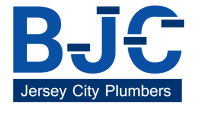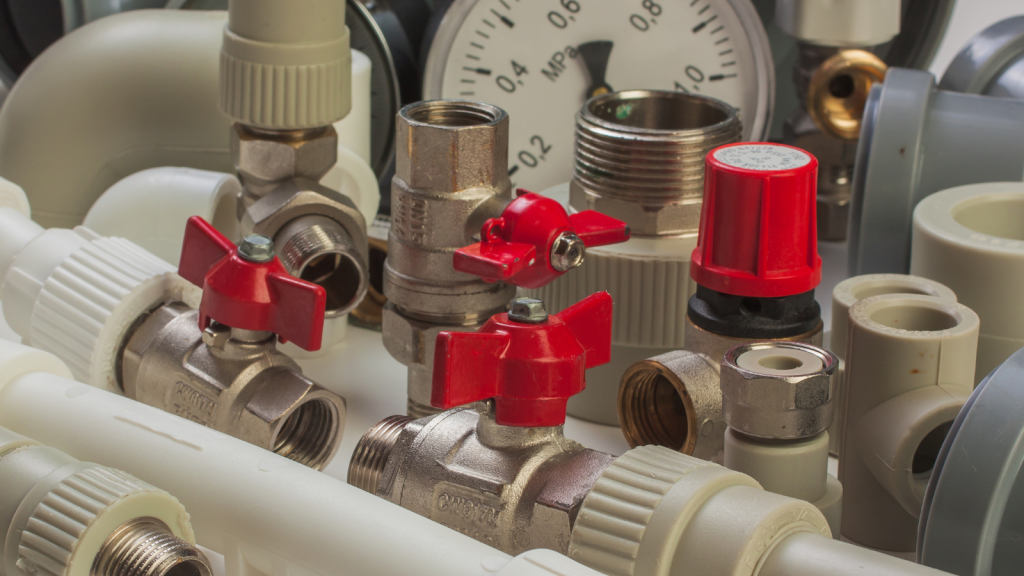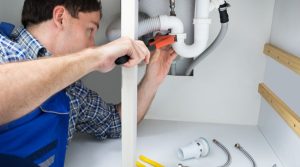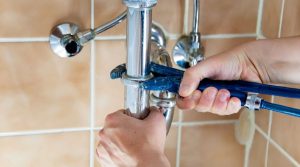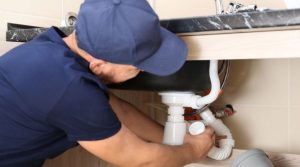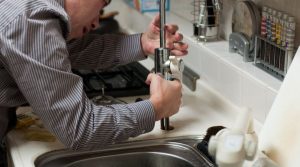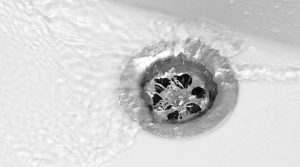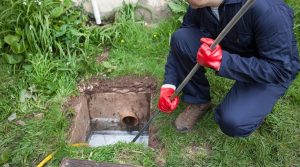In today’s world, saving the environment and cutting costs are very important. Energy-efficient plumbing fixtures are a great way to help with both. Using these fixtures in your home can save much water, reduce utility bills, and help protect the environment. This blog post will explain what makes plumbing fixtures energy-efficient and why they are beneficial and will show you nine top fixtures that are very efficient.
Visit https://bjc-plumberjerseycity.com/ for more details.
What Are Examples of Efficient Water Fixtures?
Energy-efficient water fixtures are designed to minimize water use without sacrificing performance. Here are some common examples:
1. Low-Flow Toilets: Modern low-flow toilets use less than 1.28 gallons per flush (gpf), in contrast to older models that can use between 3.5 and 7 gallons per flush. This significant reduction in water use helps conserve resources and cut down on utility costs.
2. Water-Saving Showerheads: These showerheads are made to use less water while yet offering a great showering experience. Typically, they have a flow rate of 2.0 gallons per minute (gpm) or less, offering both comfort and efficiency.
3. Faucet Aerators: Small but effective faucet aerators attach to the end of faucets and mix air with water. This reduces flow rates while maintaining water pressure and performance, potentially cutting water usage by up to 50%.
4. Touchless Faucets: Ideal for kitchens and bathrooms, Infrared sensors are used by touchless faucets to identify hand motions, minimizing accidental drips and leaks. This feature helps conserve water by ensuring it is used only when needed.
5. Dual-Flush Toilets: These toilets offer two flush choices: a liquid waste option and a solid waste option waste. This flexibility allows users to reduce total water use by selecting the right quantity of water for each type of trash.
How Does Using a Water-Efficient Fixture Help?
1. Conservation of Resources: Water-efficient fixtures play a crucial role in conserving water, a resource that is becoming increasingly scarce. By reducing water consumption, you contribute to sustainable water management practices and help preserve this vital resource.
2. Cost Savings: Using less water translates to lower utility bills. Energy-efficient fixtures can significantly decrease the amount of water used in your home, leading to substantial savings over time.
3. Environmental Impact: Reducing water consumption also means less energy is required to heat water, which lessens the burden on and the amount of greenhouse gas emissions water treatment facilities. This contributes to a healthier environment.
4. Enhanced Performance: Modern energy-efficient fixtures are intended to provide performance that is comparable to or better than traditional fixtures. Advances in technology ensure that efficiency does not come at the cost of effectiveness.
What Type of Fixtures Use the Least Amount of Water?
Fixtures that are designed with advanced technology to maximize efficiency include:
1. Low-Flow Toilets: These toilets are highly effective in reducing water use, using less water per flush compared to traditional models.
2. High-Efficiency Showerheads: With flow rates of 2.0 gpm or less, these showerheads provide ample pressure while minimizing water consumption.
3. Low-Flow Faucets: Faucets with flow rates of 1.5 gpm or lower are designed to use less water while still performing well for everyday tasks.
4. Dual-Flush Toilets: Offering two flush options, these Users of toilets may choose the right amount of water for different types of waste, further reducing overall water usage.
9 Energy-Efficient Plumbing Fixtures
1. Delta WaterSense® Showerheads: Known for their efficiency, Delta’s showerheads use 2.0 gpm or less while maintaining excellent water pressure and performance.
2. Kohler High-Efficiency Toilets: Kohler’s toilets use as little as 1.28 gpf, providing powerful flushing capabilities while conserving water.
3. Moen Eco-Performance Faucets: Featuring a flow rate of 1.5 gpm, these faucets use aeration technology to reduce water consumption without compromising performance.
4. American Standard Champion® 4 Toilets: Designed for optimal efficiency, these toilets use only 1.28 gpf and offer powerful flushing capabilities.
5. Grohe EcoJoy® Showerheads: With a flow rate of 1.75 gpm, Grohe’s EcoJoy® showerheads deliver a satisfying shower experience with minimal water use.
6. TOTO Drake II Toilets: TOTO’s Drake II toilets use just 1.28 gpf, combining efficiency with powerful flushing performance.
7. Pfister Waterfall Touchless Faucets: These touchless faucets use infrared sensors to detect hand movements, reducing water waste and minimizing accidental usage.
8. Kohler K-596-CP Simplice® Pull-Down Kitchen Faucet: Featuring a 1.5 gpm in flow rate, this faucet offers high performance with reduced water consumption.
9. Hansgrohe Raindance® Select E Showerheads: With a flow rate of 1.75 gpm, Hansgrohe’s Raindance® Select E showerheads provide a luxurious shower experience while conserving water.
Conclusion
Embracing energy-efficient plumbing fixtures is not just about saving water; it’s a commitment to sustainability, reducing your environmental footprint, and cutting utility costs. With a range of high-performance, low-water-use options available, integrating these fixtures into your home has never been easier. By choosing fixtures that prioritize efficiency, can take advantage of the advantages of a greener future while also helping to lower bills and enhanced performance. Make the switch to energy-efficient plumbing fixtures today and take a significant step toward a more sustainable, cost-effective home.
